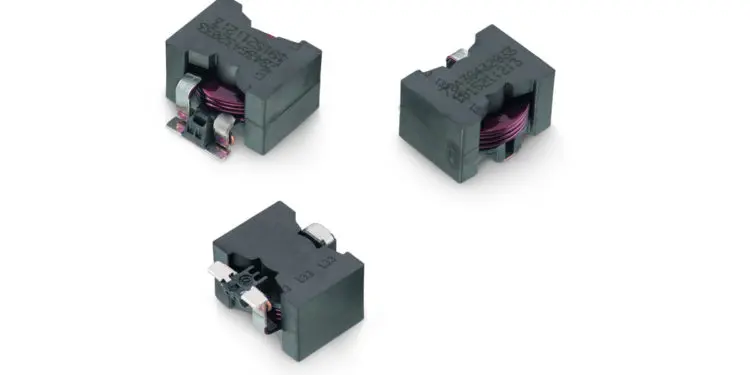Würth Elektronik has extended its portfolio of AEC-Q200 Grade 1-qualified electronic components by the high-current inductor WE-HCFA.
This coil is designed for high-efficiency DC/DC converters in automotive applications.
The characteristic features of this flat-wire coil with its MnZn core are its high rated current (IR 38-47 A) and a high saturation performance. At an RDC value of 0.6 to 1.1 Ω, its resistance is lower than that of comparable coils on the market. The magnetically shielded component is specified for operating temperatures ranging from -40 to +150 °C (AEC-Q200 Grade 1).
Fully suited for SMT pick-and-place assembly systems, the case of the WE-HCFA inductor has an excellent planarity. The coil in the 2818 construction size (27.5 × 27.5 × 17 mm) is particularly suited for single and polyphase buck and boost converters.
The WE-HCFA High Current Flat Wire Inductor is especially suited e.g. for use as a filter in infotainment and audio applications.
The component is available ex stock in six configurations with inductances ranging from 1 to 10 mH. Free-of-charge samples are also available on request.
































